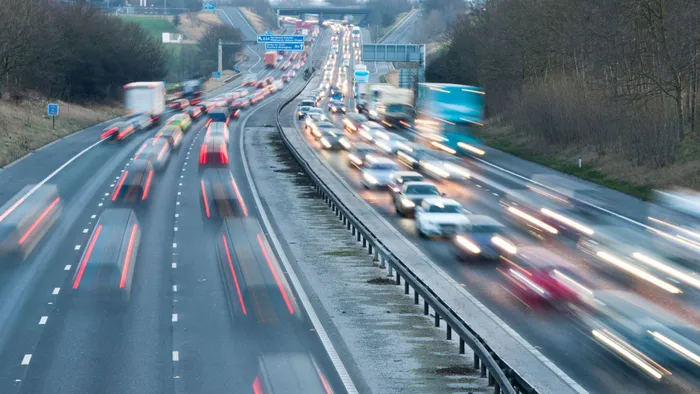
South Africa has no plans to lower speed limits, at present.
Image: Newspress
If you’re concerned that your next trip to Durban will be at a snail’s pace, breathe a sigh of relief because the speed limits on South Africa’s roads are not being reduced.
A statement that circulated on social media recently, claimed that the South African National Roads Agency (SANRAL) was planning to reduce the speed limits on most of the country’s roads.
While this communication purported to be from Sanral, the roads agency has released a statement confirming that this is a classic case of fake news.
“Sanral has a distinct mandate to manage the country’s national road network. This mandate encompasses the financing, planning, development, improvement, maintenance, and rehabilitation of the national roads, as prescribed by the Sanral Act of 1998,” said Sanral’s communications head Vusi Mona.
“The Sanral mandate does not include any enforcement rights, be that related to speed, safety or security,” Mona added.
The fake statement said that Sanral “Highway Law” would implement adjusted limits across South Africa’s national highway system, with the following taking effect:
- Urban roads reduced from 60 km/h to 50 km/h
- Rural roads adjusted from 100 km/h to 80 km/h
- Highways and national routes capped at 110 km/h, down from 120 km/h
- Heavy vehicles limited to 90 km/h on all roads, and
- School zones to have a strict 30 km/h speed limit during school hours
The bottom line is that the road’s agency does not have the power to change speed limits. This needs to be done at a legislative level, and such a move was indeed proposed by the Road Traffic Management Corporation (RTMC) in 2022, as well as in earlier years.
This would have seen similar limit reductions to the ones mentioned in the fake statement above, with freeway limits reduced to 110km/h and urban speeds to 50km/h.
This proposal was ultimately rejected following strong opposition to the move.
In order to change the speed limits, the Department of Transport (DOT) must first issue a proposed amendment for comment, which is then published in the Government Gazette. Following a public comment period, the DOT must consider these comments and then decide how to proceed from there.
The Automobile Association says that plenty of “draconian” laws are proposed by the DOT, but few ever become law as they are either rejected outright or watered down at committee level.
The AA has previously commented that South Africa’s current speed limits are sufficient for enforcing road safety, but better enforcement of the existing laws is needed.
“You can have every road in South Africa and say that you can only travel at 60km/h on it, but we know that even if that would happen, people will still go at 80km/h, 100km/h and 120km/h. People won't necessarily heed what the speed limit is, and the reason for that is that there isn't effective policing of existing speed laws,” the organisation said.
Cape Argus
Related Topics:
